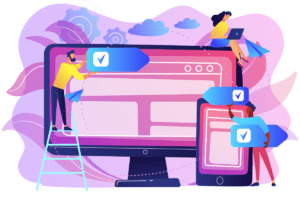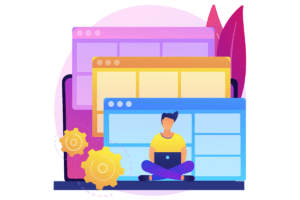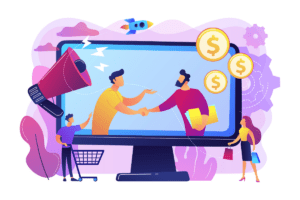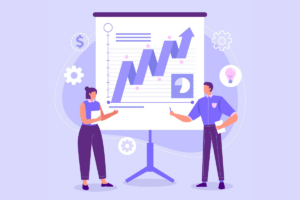Lead generation plays a critical role in ensuring long-term business growth. But, as buying behaviors become more complex and sales cycles lengthen, traditional manual methods can no longer keep pace. That’s exactly why you should automate your lead generation strategies. Automating your lead generation strategy allows your team to reach more prospects, personalize communications, and nurture leads at scale, without draining time and resources. In this article, we are going to go through the top 15 lead generation strategies that you should automate to make your campaigns and time more impactful.
1. Automated Email Drip Campaigns
Automated email drip campaigns are one of the most effective ways to stay top-of-mind with leads over time. By sending a scheduled sequence of emails based on user actions or engagement levels, you can consistently nurture prospects toward conversion without manual follow-up. Platforms like HubSpot, Mailchimp, and ActiveCampaign offer a number of automation features that let you segment audiences, personalize content, and track performance in real time. This strategy not only builds stronger relationships but also helps qualify leads more efficiently. However, the key to avoiding disengagement lies in balancing automation with personalization. Using dynamic content and running regular A/B tests can ensure your emails stay relevant and human, not robotic.
2. Chatbots
AI-powered chatbots are a great way to provide 24/7 support while collecting contact information. Tools like Zapier can help you build an AI-powered chatbot and can help you personalize responses based on your ICP. By automating these early touchpoints, your team can focus on closing deals instead of answering routine queries. Chatbots are especially useful for capturing leads who visit after hours, ensuring no opportunity slips through the cracks. The biggest challenge is making sure the bot interactions feel natural; thoughtful scripting and seamless escalation to live agents can help maintain a positive user experience.
3. LinkedIn Outreach
We all know that LinkedIn is important. But, we don’t all have time to search for prospects, connect, and follow up with them. Tools like LinkedIn Sales Navigator and Expandi can automated targeted outreach at scale. These tools allow you to identify and connect with prospects based on filters like industry, job title, or company size, and send customized connection requests or follow-up messages automatically. When done correctly, this approach dramatically increases your visibility among decision-makers. The key challenge is standing out in a crowded inbox, so it’s important to tailor your messaging and avoid overly salesy pitches.
4. Lead Scoring
Integrating lead scoring into your CRM can help you prioritize outreach by automatically ranking leads based on their behavior, demographics, and engagement level. Lead scoring can help your team flag high-potential prospects, enabling your team to focus on leads that are most likely to convert. This not only streamlines workflow but also ensures timely, relevant follow-ups. That said, scoring models require regular tuning to reflect changing buyer behavior. Reviewing your scoring criteria quarterly can help you stay aligned with your specific sales goals.
5. Landing Page Personalization
Creating landing pages that automatically adapt content based on visitor data can significantly boost conversion rates. Platforms like Visitor Queue let you personalize headlines, calls to action, and offers depending on the visitor’s referral source, geographic location, or industry. This automation makes your messaging more relevant, which in turn increases engagement and lead capture. Start with a few key audience segments, analyze performance metrics, and expand personalization efforts over time. Try our landing page personalization today and convert more visitors into leads.
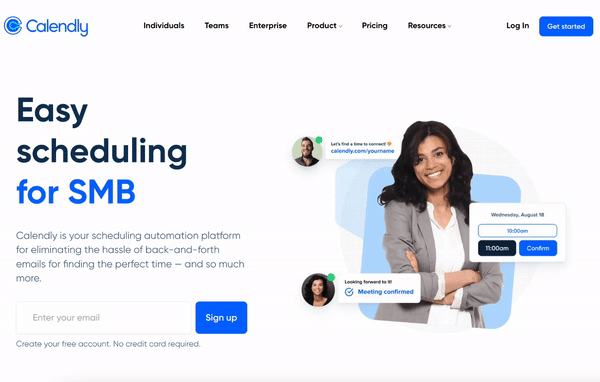
6. Social Media Scheduling
Do you know the exact time to schedule social posts based on each platform and your previous engagement patterns? With the help of Hootsuite, you are able to identify the exact time to post your social content to get in front of the largest audience possible. Additionally, the more you post, the more insight you can get into the success of your social strategy. This can help create more awareness and optimize your social strategy based on how often you should be posting.
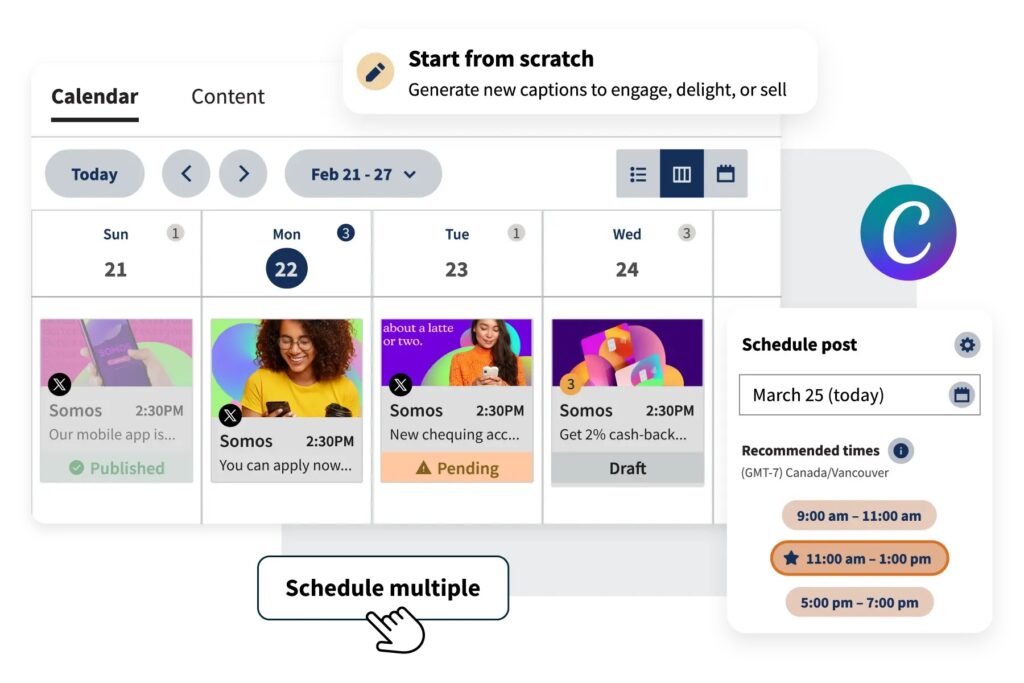
7. Content Recommendations
Using AI to suggest relevant blog posts, whitepapers, or case studies to visitors based on their behavior can increase time on site and drive more qualified conversions. You are also able to compare your content with your competitors to see if they are ranking for keywords that you are missing out on. Then, you can use AI to create an outline that aligns with the information discovered. This can give you a strong starting point, for you to then add in your examples and specific information from your company to make it unique.
8. Predictive Lead Generation
Predictive lead generation uses AI and data modeling to identify prospects who are most likely to convert, often before they even interact with your brand. Platforms like 6sense analyze intent signals, firmographics, and past interactions to surface high-quality leads proactively. This approach empowers your marketing and sales teams to be more strategic and proactive. Implementing this technology may require a significant data infrastructure, but the long-term value it brings in targeting precision and efficiency is hard to ignore.
9. Automated Cold Email Campaigns
Cold outreach remains a viable lead generation tactic when it’s driven by strategy, personalization, and automation. Rather than sending generic messages in bulk, modern cold outreach focuses on segmenting audiences, tailoring value-based messaging to specific roles or industries, and timing follow-ups based on recipient behavior. Automation allows for scalable outreach while adapting sequences dynamically depending on whether a prospect opens an email, clicks a link, or replies. To maintain effectiveness, it’s essential to develop compelling subject lines, craft messaging that speaks to real pain points, and continuously test and refine both content and cadence. Maintaining a healthy sender reputation through gradual list warm-ups and deliverability best practices ensures your emails actually reach the inbox.
10. Pop Ups
Well-timed pop-ups or exit-intent offers can capture leads that might otherwise bounce. Pop ups can let you automate these interactions based on behavior triggers such as scrolling or exit intent. These pop-ups can offer downloadable content, discounts, or newsletter signups. While effective, they can also be intrusive if not done carefully. Testing frequency, timing, and design is key to making them feel helpful rather than annoying. Additionally, ensure that the follow up sequence post-conversion is educational and aligns with the content that was on the pop up itself.
11. Retargeting Ads with Automated Segmentation
Retargeting through Google Ads or LinkedIn Ads is a great way to re-engage visitors who didn’t convert the first time. You can create segmented audiences and automate ad delivery based on behaviors like page visits, form completions, or video views. By serving highly relevant ads to warm leads, you keep your brand top-of-mind and guide them back into your funnel. Budget management and frequency capping are important to avoid ad fatigue or overspending on your campaigns.
12. Website Visitor Identification
Most businesses see only a fraction of their website visitors convert through forms, leaving a significant number of potential leads anonymous and unengaged. By using a tool like Visitor Queue, companies can automatically identify the businesses visiting their website, even if no form is submitted. You can also see key firmographic details including company industry, location, and visit information like page views. This provides valuable insight into visitor quality and intent. Additionally, we provide employee contact information that you can send straight to your CRM or sales team to follow up. Integrating website visitor identification into your lead generation strategy helps recover otherwise lost opportunities and creates a steady stream of high-intent leads ready for personalized follow-up, try it for free today.
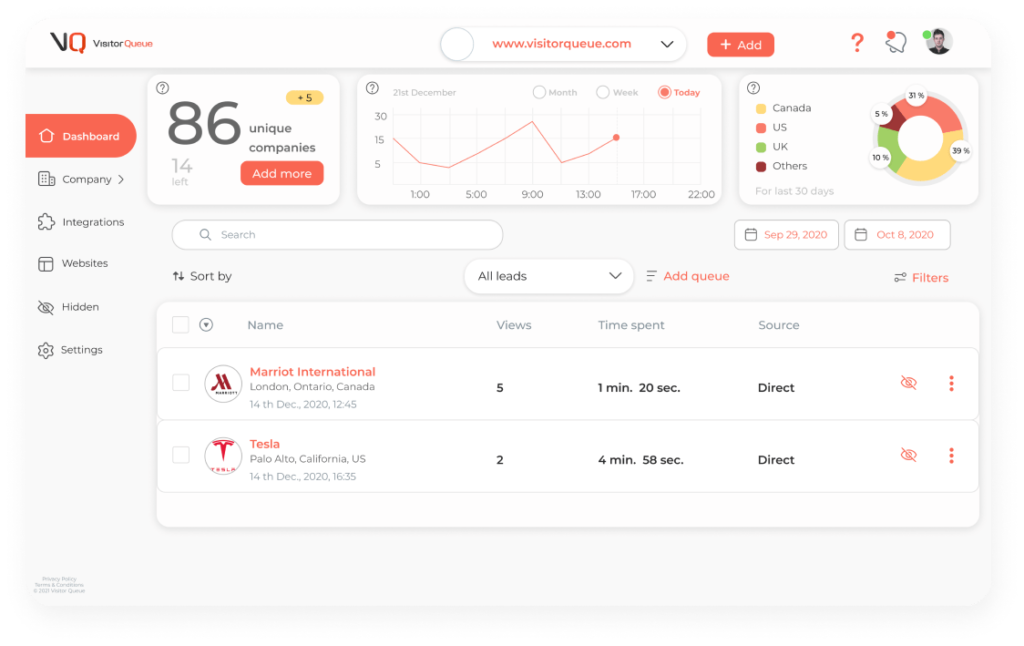
13. Calendar Bookings
Nothing kills momentum like endless back-and-forth emails to book a meeting. Tools like Calendly automate scheduling by syncing calendars and offering available time slots. When integrated into email sequences or landing pages, these tools reduce friction and increase demo bookings. The key is to ensure the tool integrates cleanly with your CRM and accounts for time zones and meeting types to avoid confusion. It can be helpful to add a CTA in your email signature to book a meeting or demo.
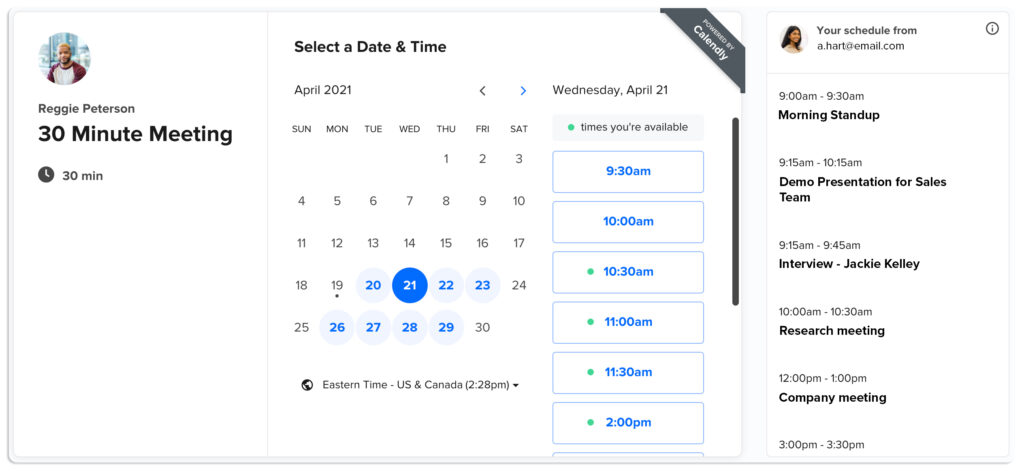
14. Lead Enrichment
Instead of manually researching every new contact, lead enrichment automatically appends valuable information like job title, company size, and social profiles to your leads. This allows for better segmentation, scoring, and personalization. These tools can integrate directly with your CRM or marketing platform, enabling real-time data updates. Keep in mind that enriched data should be reviewed periodically to ensure accuracy, as sources may become outdated.
15. Workflow Automations with Zapier
Finally, using integration through Zapier can allow you to connect all of your tools and software to automate repetitive tasks across platforms. Whether it’s sending new form submissions to Slack, updating a lead record in your CRM, or launching a retargeting campaign, these workflows eliminate manual handoffs and ensure no lead gets lost. While setting up zaps and automations takes time initially, the long-term time savings and process consistency are worth the effort.
What’s Next?
In order to automate your lead generation, it doesn’t mean sacrificing personalization or strategy. It means amplifying your efforts with tools that make smarter, faster, and more consistent engagement possible. From nurturing cold leads with intelligent email sequences to enriching data and routing prospects automatically, the right combination of automation strategies can completely transform your marketing and sales pipeline. If you have any questions about using Visitor Queue to personalize your landing pages or identify your website visitors, do not hesitate to reach out.
 Identify
Identify Personalize
Personalize Benchmark
Benchmark Agencies
Agencies Integrations
Integrations Case Studies
Case Studies Use Cases
Use Cases Blog
Blog Resources
Resources

